Yes, I think I do see it that way although I’ve never described my thoughts on it before…
I have enjoyed aspects of knotting since I was a boy in scouts.
I’ve used and appreciated their utility in camping, search & rescue and their long nautical history.
In trying to teach on a Christlike Worldview and Christian formation in university workshops, especially in highly kinesthetic cultures, I made a list of Knot Principles of Development (pun intended) that let me emphasize that like knots some Truth is absolute. You can trust your life with it, and some truths are contextual and are helpful in changing situations, just as some knots and hitches are adjustable. They can be used to quickly tighten a support cable or loosen it, perhaps to keep drying wet canvas from ripping out a grommet. Most knots are weaker than the rope they are tied with and so become the point of failure (yes, there is more to that), but there are some knots that are stronger than the rope itself and it’s those knots you want to use when life-safety is at stake. Some strong knots are permanent, they intentionally can’t be untied once used; some strong knots can still be easily untied but are more bulky.
Throughout the quarter-long course, every student is given an arm-span length of cord and they would learn the knot or two that underscored each development principle. They would also learn to use a knot system or family of knots together (a permanent hitch to secure one rope end, a strong, but untieable loop knot as a fulcrum and an adjustable knot, together to make a hitch known worldwide that every teenager needs to know to secure luggage, a surfboard or a giant load of logs on a vehicle. Something that lives can depend on. Much evil in the world comes from people believing something can be trusted when it can’t; but also when they feel imprisoned by believing something that’s simply a lie: fatalism-nothing can change, ethnocentrism-we do everything the best, xenophobia-outsiders mean us harm, divine capriciousness-God authors Good and Evil and is unknowable, or greed-more stuff will make me happy.
We also let each student learn to make rope, to take coir (coconut) fiber and roll it on their leg into thread, braid the treads into cord and then twist the cords into rope, much to the delight of their parents and local elders who have often all but given up that young people would still value this. After decades, though I’ve increasingly appreciated the simple symmetry, the ordered complexity and the mathematical beauty of different knots and their use over millennia of human history. I have a wall of knots on my lanai not as a collection, but more as sculpture.
The knots are important, the principles are important, modeling a process of learning together is important, having eyes to see God’s beauty in simple daily life around us is important, but you asked about meditation.
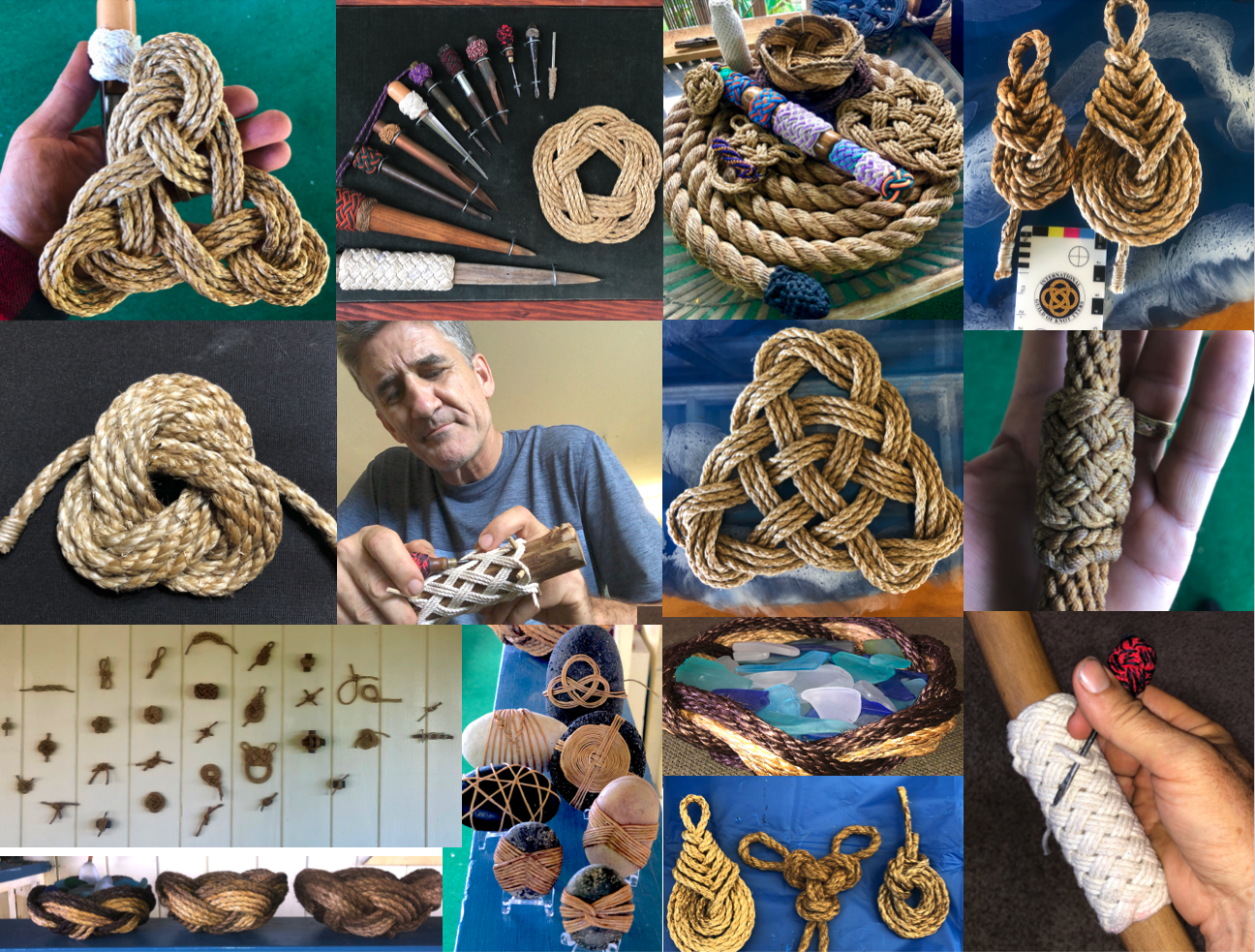
Knotting
Throughout scripture, over 50 times, the Bible talks about rope, knots and tying and untying them.
Sure, there are many references to practical acts of tying up animals, tents, people, baggage and treasure, but
In Psalms, God says He ties knots and in Exodus, God actually teaches a knotting class. in Ecclesiastes He comments on the quality of a good rope and in Hosea talks of cords of kindness and ropes of love. In Numbers He commands the people of Israel to tie decorative knots of meaning on their cloths. In John, Jesus clearly tied knots and in two places the Bible praises the admirable character of the one who can loosen a difficult knot.
Deuteronomy and Proverbs call for scripture as well as the commands of our fathers and the teachings of our mothers to be as it were tied closely to our heart, our mind and hands; and in Jeremiah, Ezekiel and Acts, knots were used as a form of prophesy. If this is surprising, I hope it encourages you to dig out these passages and perhaps reflect on how even the lowly knot can reflect God’s nature and character.
But regarding knotting as a discipline of meditation, yes, I guess I find the slow, hours-long, repetitive focus required to knot some projects, often quiets my thoughts from the swirling competing ideas of the day, and let’s me, on occasion, hear God’s wisdom for the situation, but if not, to feel His comforting presence with me none the less. There are many wonderful meditative ways for focusing on God and His nature and character, but this is one that I love.
I understand the Celtic peoples have long appreciated knots and especially the Trickle or Triskelion even before the arrival of Christianity and I have always thought it might well be an example of the occasional fingerprint God seems to delight to hide to later show us He has always been in our midst.
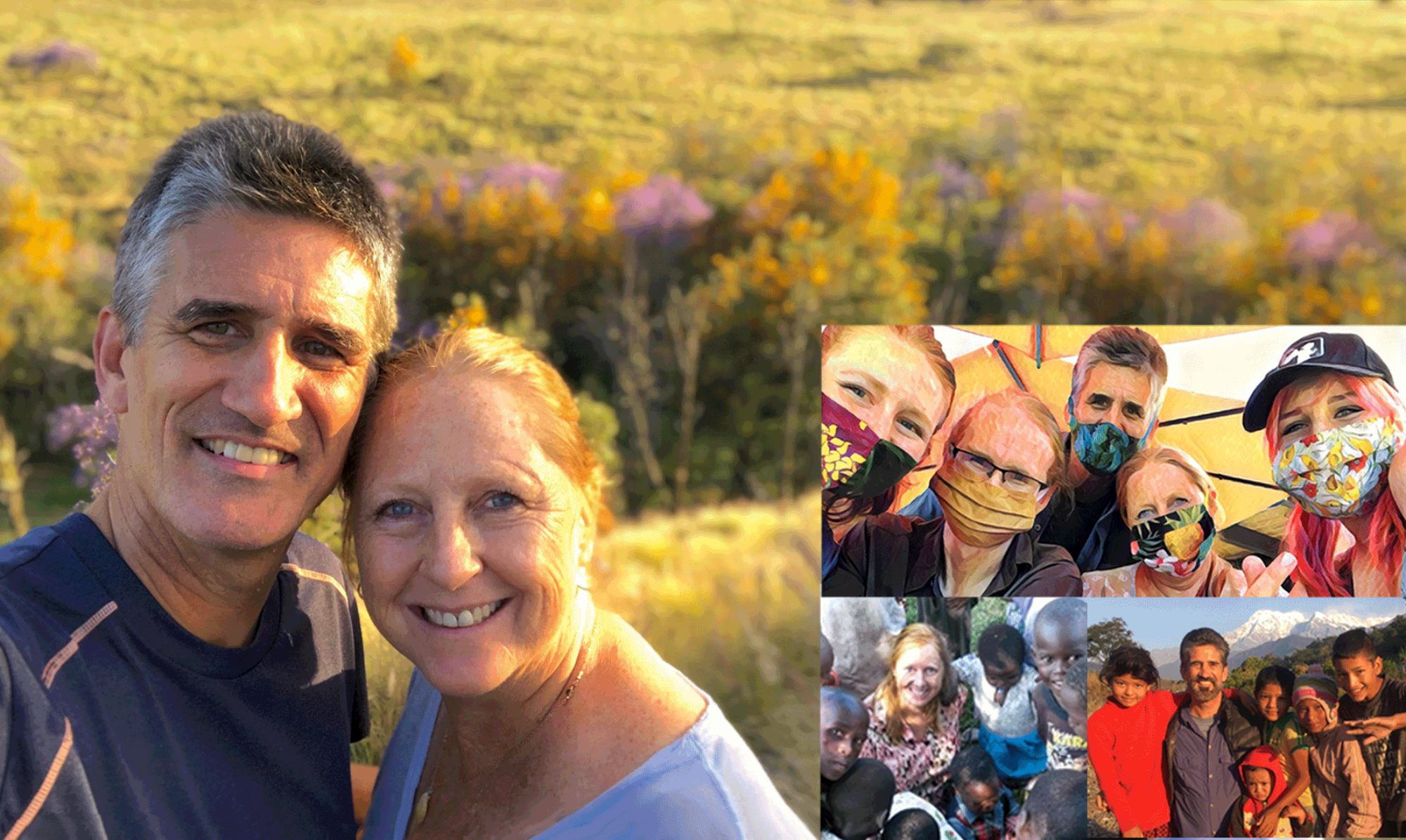
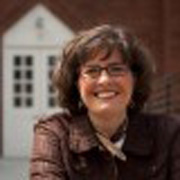
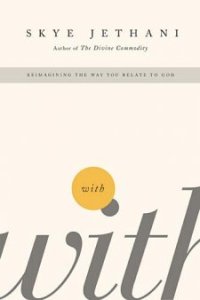

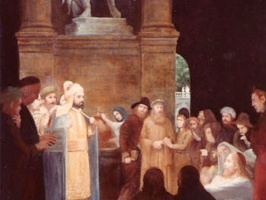






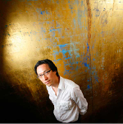
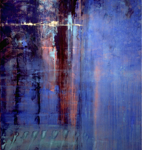
 The Bible never assumes that our faculties are limited to our supposed “five senses.”
The Bible never assumes that our faculties are limited to our supposed “five senses.”